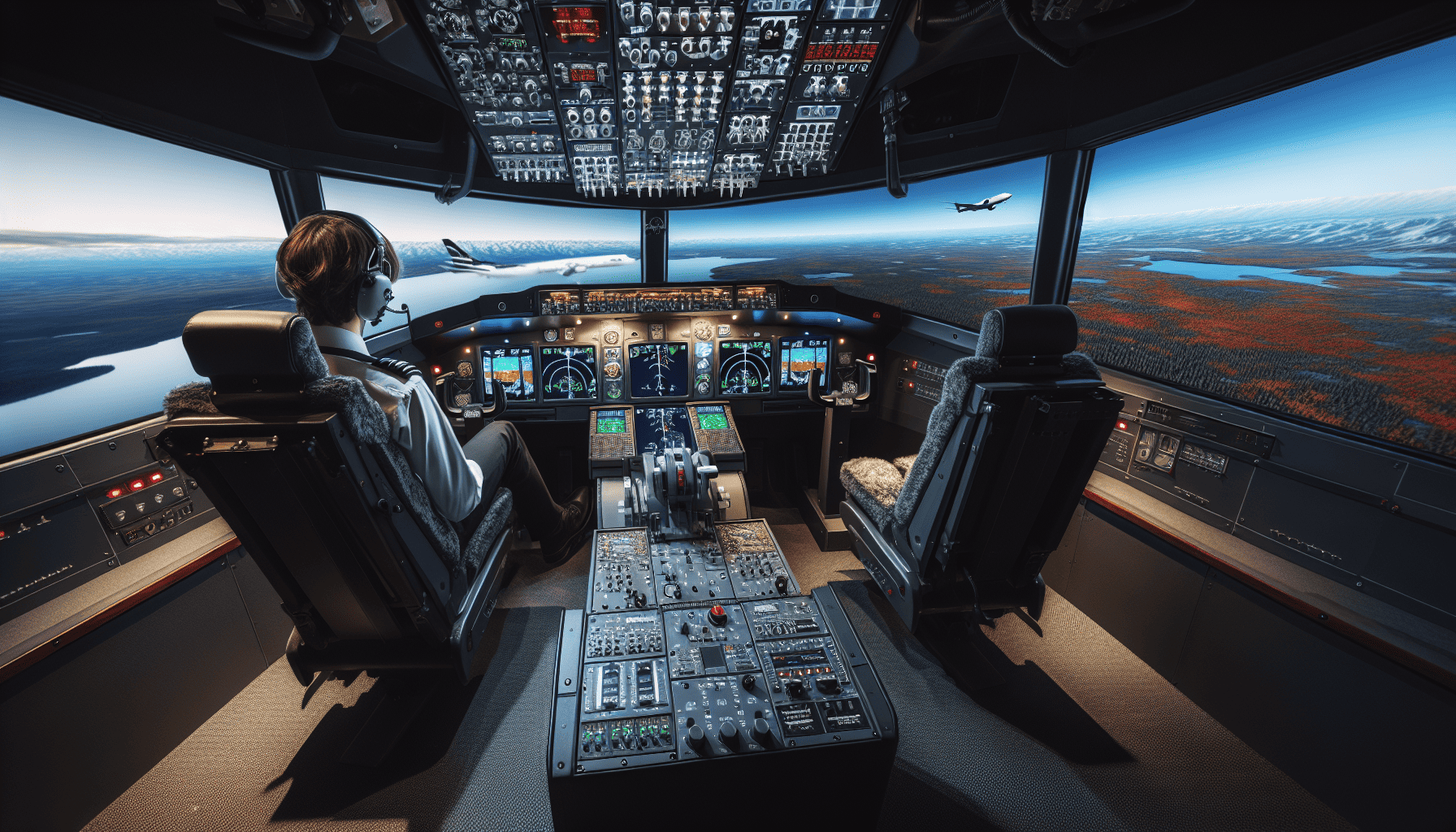As aviation enthusiasts and budding pilots seek to soar through the virtual skies, the world of flight simulation has progressively reached new altitudes of realism and innovation. In recent years, advancements in technology have transformed flight simulations from their nascent, pixelated beginnings into immersive experiences that captivate users with stunning realism and technical depth.
The key driver behind this metamorphosis is the development of highly sophisticated graphical engines. Modern flight simulators now leverage the power of next-generation graphics processors to create mesmerizing vistas that are nearly indistinguishable from real life. From the intricate details of cityscapes to the breathtaking expanse of open sky, every element is meticulously crafted to enhance the user's sense of presence. Enhanced textures, improved lighting effects, and realistic weather patterns contribute to an experience where the boundary between simulation and reality becomes delightfully blurred.
Beyond visual fidelity, advances in hardware have transformed how these simulations are experienced. Virtual reality (VR) and augmented reality (AR) systems have become vital tools in delivering an unparalleled sensory immersion. With VR headsets, users can look around the cockpit, intuitively interact with controls, and even gaze at the patchwork of landscapes below, all while feeling as though they are truly seated in the pilot's chair. This has fundamentally changed the training and entertainment potential of flight simulations, offering a level of engagement that was once unimaginable.
The attention to detail does not stop at aesthetics. Developers are pushing the boundaries of realism in the aerodynamic models that underpin these simulators. Sophisticated physics engines ensure that flight characteristics mimic those of actual aircraft, from the graceful lift of a soaring glider to the heart-pounding velocity of a fighter jet. This is crucial for both hobbyists who seek an authentic flying experience and for trainees in aviation programs, where accuracy in simulation is imperative for skill development.
Moreover, the incorporation of artificial intelligence is further enhancing the flight simulation experience. AI-driven systems are providing pilots—both virtual and real—with dynamic environments where they interact with other aircraft, adapt to changing weather conditions, and respond to simulated emergencies, all in real time. This evolving AI landscape ensures that scenarios remain challenging and engaging, pushing users to refine their strategies and decision-making skills.
Community involvement has also played a pivotal role in the evolution of flight simulations. Enthusiasts and developers worldwide contribute to a thriving ecosystem of add-ons and modifications, which enhance the core simulators with new aircraft models, airports, and missions. This collaborative spirit fosters innovation, allowing the broader community to tailor the experience to specific interests or training needs.
The future of flight simulation looks promising, poised to explore even greater interactivity and realism. As technology continues to propel forward, we can expect even more novel integrations, such as haptic feedback for a tactile sense of control and AI co-pilots to assist with complex tasks. These innovations will undoubtedly continue to make flight simulations not only a captivating pastime for aviation aficionados but also a crucial tool in the training and development of future pilots.
In conclusion, the world of innovative flight simulations is a testament to how far we’ve come in bridging the gap between virtual and reality. With unmatched realism in graphics, evolving hardware technology, and the collective creativity of a dedicated community, the skies are no longer the limit—they’re just the beginning.
